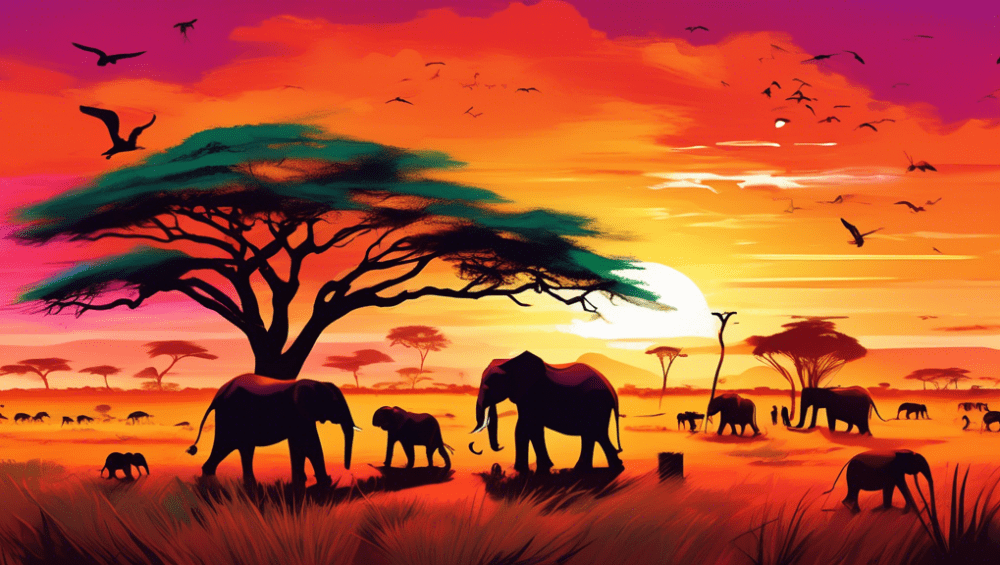When is the Best Time to Experience a Kenyan Safari?
Ever dreamt of seeing a majestic lion up close or witnessing the Great Migration in all its thunderous glory? A Kenyan safari is probably on your bucket list. But wait a minute, when’s the best time to pack your bags and head off to this wildlife haven? Let’s dive in!
1. Understanding Kenya’s Seasons
First things first, Kenya’s weather plays a big role in planning your safari. The country typically experiences a dry season from late June to October and from December to March. The rainy seasons fall between November and December for the short rains, and April to June for the long rains. You might want to dig out that umbrella if you’re considering traveling during the wet months!
Now, why does this matter? Well, the season affects wildlife patterns and your overall safari experience. Trust me, the last thing you want is getting stuck in the mud in the middle of the Maasai Mara!
2. Peak Safari Season
The dry months of July to September are the golden ticket for safari-goers. Why, you ask? This period marks the annual Great Migration — a spectacular event where millions of wildebeest, zebras, and gazelles make a daring river crossing. It’s like nature’s own action movie, except you’re watching it live!
If you’ve ever seen footage of crocodiles waiting in a river as herds of wildebeest plunge into the waters, chances are it was taken during this time. The dramatic river crossings are primarily in July and August, so if this is a must-see for you, plan accordingly.
3. Birdwatching Bonanza
Are you a bird enthusiast? If yes, then the period from November to April might tickle your fancy. During these months, over 450 species of birds are present in Kenya, including migratory birds that are there for the warm climate. The parks are less crowded, and the landscapes are lush and vibrant after the rains, offering stunning backdrops for photography.
A little tip from a fellow birdwatcher: bring a good pair of binoculars and a waterproof jacket. The weather can be as unpredictable as a chameleon changing colors!
4. Budget-Friendly Times
So, let’s talk numbers. Travelling during the peak of the dry season can be a bit heavy on the pocket. If you’re looking for a more budget-friendly option, consider the shoulder months like June and November. The advantages? Fewer tourists, better deals on accommodation, and you still get a pretty decent shot at seeing the wildlife.
Plus, who doesn’t love a good bargain that also avoids the crowds? It’s like hitting two birds with one stone (not literally, of course, we love birds here!).
5. Your Ideal Safari Time
Now, let’s get personal. What does your ideal safari look like? Is it packed with dramatic animal encounters during the Great Migration, or are you more about peaceful landscapes teeming with birds? Maybe you’re here for the adventure but would rather not share it with throngs of tourists?
Kenya offers diverse experiences depending on when you decide to visit. If your schedule is flexible, align your travel plans with what you want to see and do the most. And honestly, no matter when you go, it’s Kenya—every experience is bound to be unforgettable.
So, are you ready to choose your adventure? Whether it’s witnessing the Great Migration or enjoying a serene birdwatching escapade, Kenya awaits with open vistas and thrilling wildlife. All you’ve got to do now is start packing, and oh, don’t forget your camera!





